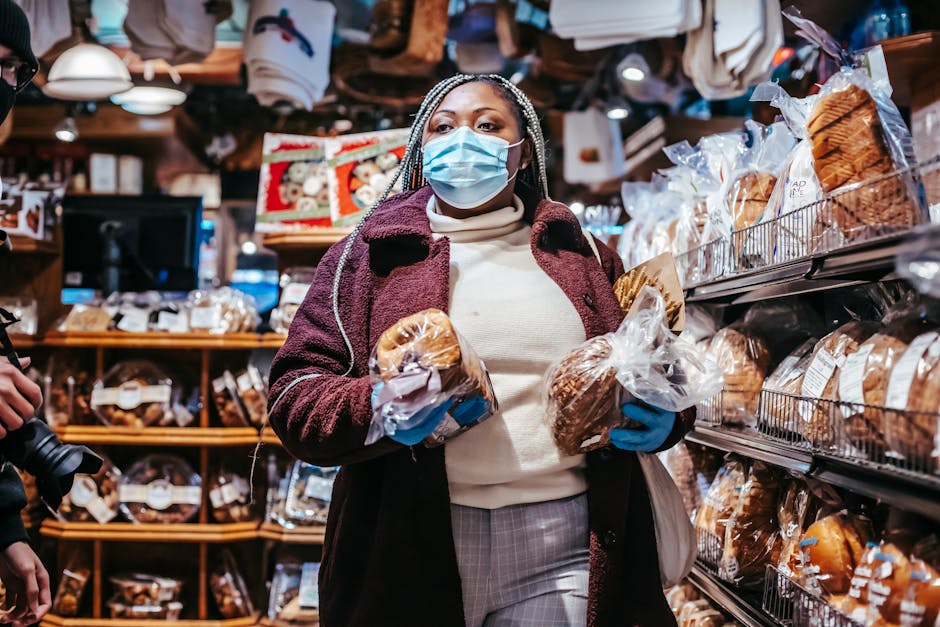How to dumpster dive for food safely

How to dumpster dive for food safely
Table of Contents
1. Understanding Dumpster Diving
2. Legal Considerations
3. Safety First
4. What to Look For
5. How to Prepare
6. Best Practices
7. Conclusion
Understanding Dumpster Diving
Dumpster diving, also known as skip dipping or binning, is the practice of sifting through commercial or residential waste to find items that have been discarded but are still useful, particularly food. While it may seem like an unconventional way to acquire food, many people have turned to dumpster diving as a way to reduce food waste and save money. However, it’s important to approach this practice with caution to ensure safety and legality.
Legal Considerations
Before you start dumpster diving, it’s crucial to understand the legal implications. In some areas, dumpster diving is considered trespassing or theft. It’s important to research the laws in your area and always ask for permission from property owners before diving into their dumpsters. Additionally, be aware of any “No Trespassing” signs and respect private property.
Safety First
When dumpster diving for food, safety should be your top priority. Here are some tips to keep in mind:
– Wear protective clothing, including gloves and sturdy shoes.
– Bring a flashlight if you’re diving at night.
– Never dive alone; always have a buddy with you.
– Be cautious of sharp objects or hazardous materials.
– Avoid dumpsters that have a foul odor or contain dangerous waste.
What to Look For
Not all food found in dumpsters is safe to eat. Here’s what to look for:
– Packaged foods with intact seals.
– Produce that is still fresh and free of mold or rot.
– Canned goods without dents or rust.
– Baked goods that are still within their sell-by date.
How to Prepare
Before you go dumpster diving, make sure you’re prepared:
– Bring bags or boxes to carry your finds.
– Have a plan for cleaning and storing the food.
– Know how to identify signs of spoilage.
– Be ready to cook or freeze items promptly to preserve freshness.
Best Practices
To make the most of your dumpster diving experience, follow these best practices:
– Only take what you need and will use.
– Leave the area cleaner than you found it.
– Share your finds with others who may need them.
– Be respectful of the businesses and residents whose dumpsters you’re exploring.
Conclusion
Dumpster diving for food can be a viable way to reduce waste and save money, but it’s important to do it safely and legally. By following the tips and best practices outlined in this article, you can ensure a successful and responsible dumpster diving experience. Remember to prioritize safety, respect the law, and be mindful of the impact your actions have on the community and the environment.